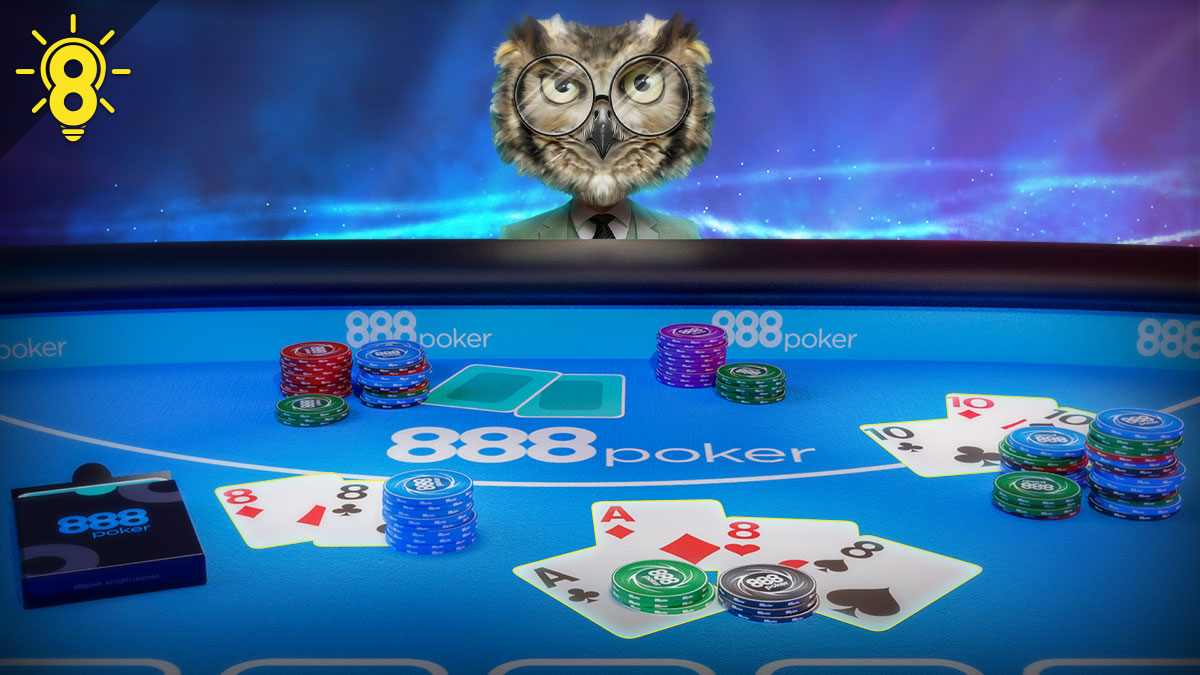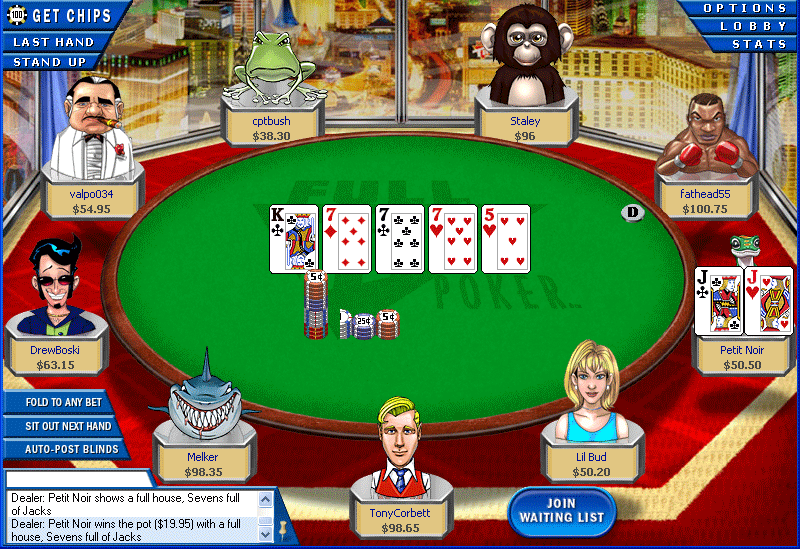

The Liberty Bell machine was so popular that it was copied by many slot-machine manufacturers. After a few years, the devices were banned in California, but Fey still could not keep up with the demand for them from elsewhere. Liberty Bell was a huge success and spawned a thriving mechanical gaming device industry. Three bells in a row produced the biggest payoff, ten nickels (50¢). By replacing ten cards with five symbols and using three reels instead of five drums, the complexity of reading a win was considerably reduced, allowing Fey to design an effective automatic payout mechanism. At some time between 18, Charles Fey of San Francisco, California devised a much simpler automatic mechanism with three spinning reels containing a total of five symbols: horseshoes, diamonds, spades, hearts and a Liberty Bell the bell gave the machine its name. The drums could also be rearranged to further reduce a player's chance of winning.īecause of the vast number of possible wins in the original poker-based game, it proved practically impossible to make a machine capable of awarding an automatic payout for all possible winning combinations. To improve the odds for the house, two cards were typically removed from the deck, the ten of spades and the jack of hearts, doubling the odds against winning a royal flush.
#The full tilt poker strategy guide free#
There was no direct payout mechanism, so a pair of kings might get the player a free beer, whereas a royal flush could pay out cigars or drinks the prizes were wholly dependent upon what the establishment would offer. Players would insert a nickel and pull a lever, which would spin the drums and the cards that they held, the player hoping for a good poker hand. The machine proved extremely popular, and soon many bars in the city had one or more of them. It contained five drums holding a total of 50 card faces and was based on poker. Sittman and Pitt of Brooklyn, New York developed a gambling machine in 1891 that was a precursor to the modern slot machine. The location is a California Historical Landmark. Plaque marking the location of Charles Fey's San Francisco workshop, where he invented the three-reel slot machine. As the player is essentially playing a video game, manufacturers are able to offer more interactive elements, such as advanced bonus rounds and more varied video graphics. ĭigital technology has resulted in variations on the original slot machine concept. Slot machines are the most popular gambling method in casinos and constitute about 70% of the average U.S. The machine pays out according to the pattern of symbols displayed when the reels stop "spinning". Slot machines include one or more currency detectors that validate the form of payment, whether coin, cash, voucher, or token. However, the mechanics of early machines have been superseded by random number generators, and most are now operated using buttons and touchscreens.

Some modern slot machines still include a lever as a skeuomorphic design trait to trigger play. Ī slot machine's standard layout features a screen displaying three or more reels that "spin" when the game is activated. Slot machines are also known pejoratively as one-armed bandits because of the large mechanical levers affixed to the sides of early mechanical machines and the games' ability to empty players' pockets and wallets as thieves would. Row of digital-based slot machines inside a casino in Las VegasĪ slot machine ( American English), fruit machine ( British English) or poker machine ( Australian English and New Zealand English) is a gambling machine that creates a game of chance for its customers.


 0 kommentar(er)
0 kommentar(er)
